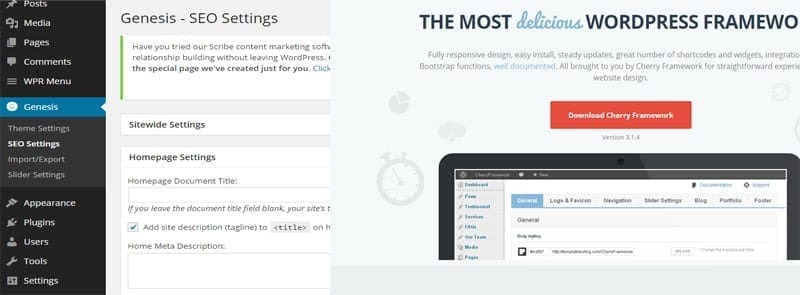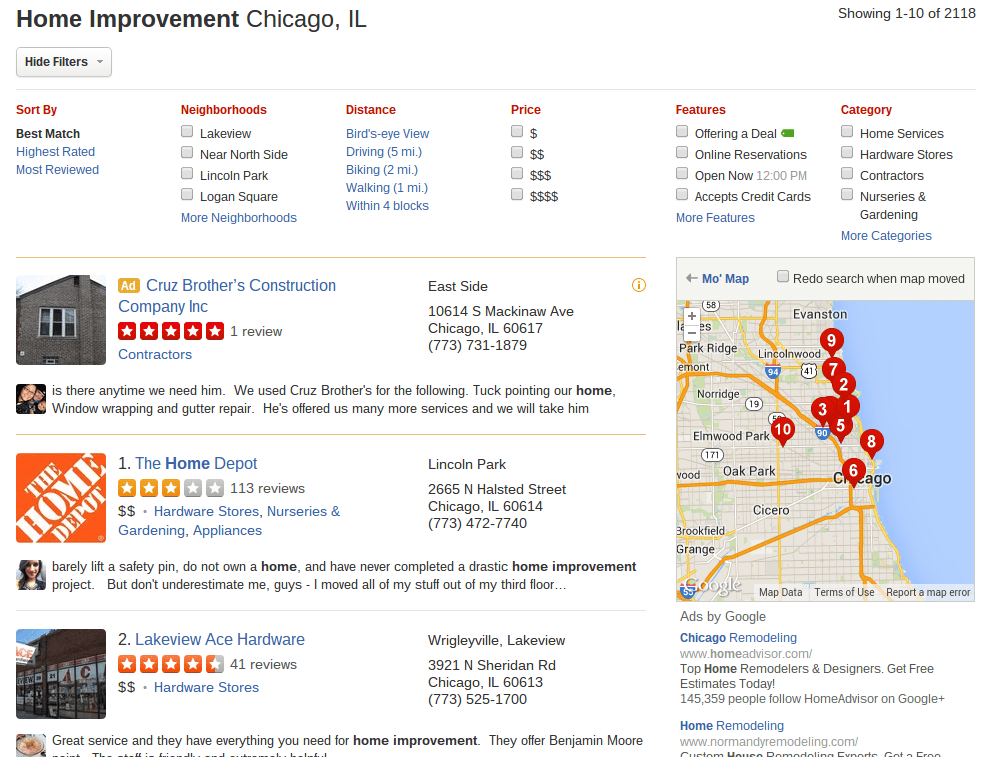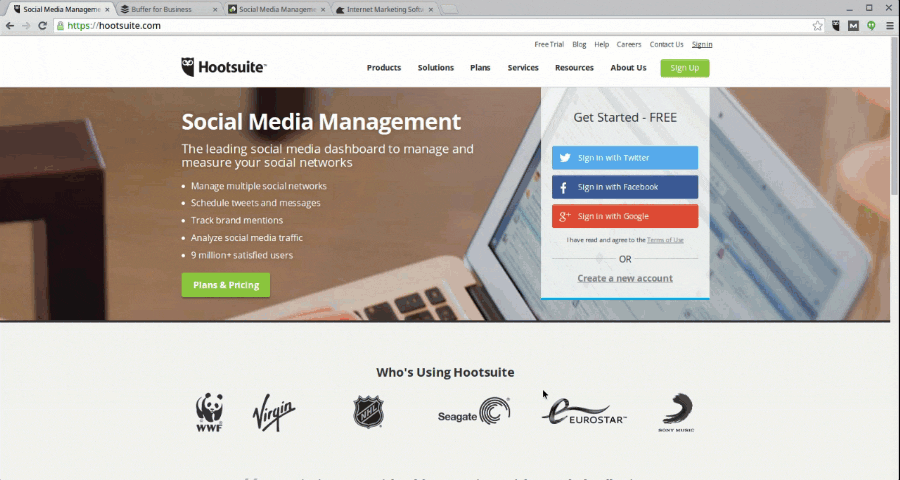Reading, PA – DaBrian Marketing Group, LLC, a full service digital marketing agency located in Reading, PA, has hired a new web developer to support its growing scope of digital marketing service offerings. Brett Shenk, a recent graduate of Berks Technical Institute with a degree in Web Design, has joined the DaBrian Marketing team to execute a wide range of technical and programming responsibilities.
Daniel Laws, Jr., principal owner of DaBrian Marketing Group, LLC, expressed great optimism with the latest addition to the agency, “As DaBrian Marketing Group looks forward to providing bigger and better digital marketing solutions, we need to anticipate shifts in software and technological standards. I’m confident that Brett will be able to provide insight into a wide variety of technical service areas and be a great asset to our company as a whole.”
Brett expressed his enthusiasm after accepting the Web Developer position with DMG, “After starting as an extern, I was really excited to be offered a full-time position with DaBrian Marketing,” said Brett. “I gained a lot of experience during my externship, and I can’t wait to begin putting all I’ve learned into practice on client projects.”





